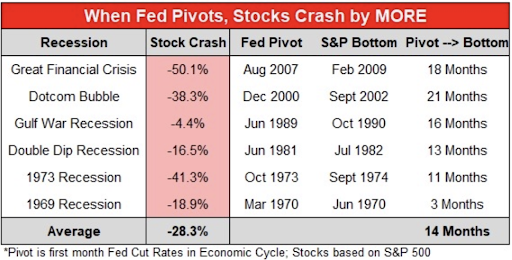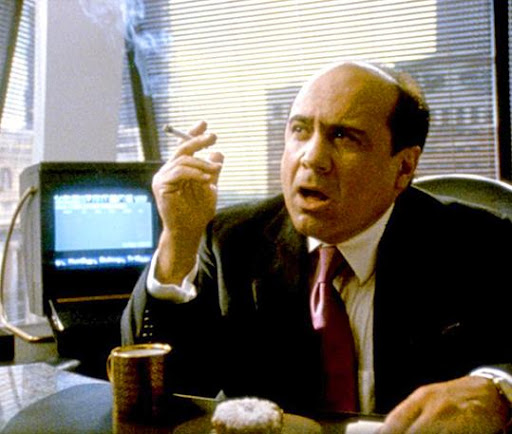It’s been a beautiful breakout Monday for the Energy sector.
Energy stocks entered the noon Eastern hour up 1.1% on the day. It was the top-performing sector on Monday.
The Energy sector is up 3% over the past five trading days.
There are three simple answers for this rally…
- The expectations of a GOP sweep in Congress fuel speculation for a more friendly energy policy in the future.
- A cold snap will take over the bulk of the U.S. map over the next six to 10 days.
- Energy has been the top momentum sector all month, fueled by speculation on product shortages, rising profits and inflation in the year ahead.
With this rally in focus, I want to show you a few critical ways to manage your energy positions in this challenging environment. With the elections and Thursday’s Consumer Price Index (CPI) in focus, now is the time to be conservative in your approach.
The Only Leg Standing
Over the past week, Energy has largely kept the S&P 500 afloat…


Friday’s jobs report was negative on the wage-growth front, and the Federal Reserve’s warning on higher rate hikes went over like a lead balloon.
With this energy rally, I want to express a small level of concern.
Have a look at the Energy Select Sector SPDR Fund (NYSEArca: XLE). As you can see, this rally has extended into overbought territory…


The 14-day Relative Strength Index (RSI) sits at 72, while the Money Flow Index (MFI) has hit 84. We are now in dangerous territory for a potential sell-off in the days ahead. While I anticipate that the elections could fuel positive news for the Energy sector, overbought conditions could deliver a sell-off as soon as Wednesday or Thursday.
Have a look at short-term sell-offs from the past year… In January, February and March, markets pushed into overbought territory. And we witnessed a short-term decline in the following weeks.
And in June, the sell-off was even more pronounced.
XLE surged after a three-week rally. Funds engaged in massive levels of profit taking on energy starting June 8. Then the next nine days fueled one of the sharpest broad market sell-offs in 2022.
While I remain bullish on oil and gas due to supply challenges, these sell-offs are a natural part of the market. If you’re a long-term energy trader, let me show you a great way to approach this market…
Sell Calls at Higher Levels
If I owned 100 shares of an energy producer like Marathon Oil Corp. (NYSE: MRO) or Devon Energy Corp. (NYSE: DVN), for example, I could sell a covered call on my existing shares.* Not only is volatility high, delivering a higher premium, but I can also generate income off my existing position in these overbought conditions.
For example, MRO stands in overbought conditions, in my opinion. Its 14-day RSI sits at 72, and its 14-day MFI is above 80. If I own 100 shares at $33 per share, I can sell the Dec. 16 expiration, $35.00 strike call for $1.25.
As a long-term energy investor, I like this trade for a variety of reasons.
First, I can create a breakeven price on my existing position at $31.75 because the call offers protection against the position. So if the stock does pull back, I’ve protected myself and generated income on the existing position.
In addition, I’ve set a target of an additional 10.3% on my underlying position. If the stock moves above $35 on or before Dec. 16, the person who bought the contract would take delivery at this level. But I get to keep the extra $125 generated by the covered call sale.
With overbought conditions in play, I could just sell the stock and wait for a pullback. But sometimes, stocks remain in those conditions for longer than expected. By selling this call, I can generate an additional 10.3% on my underlying stock — a figure that outpaces the 1.08% dividend I receive as an investor.
The worst-case scenario is that the stock moves above the $35 level, assuming I planned to hold the shares anyway, is that I have to sell the stock to the call buyer at a higher price.
I can always buy the stock back at a later date.
To your wealth,
Garrett




